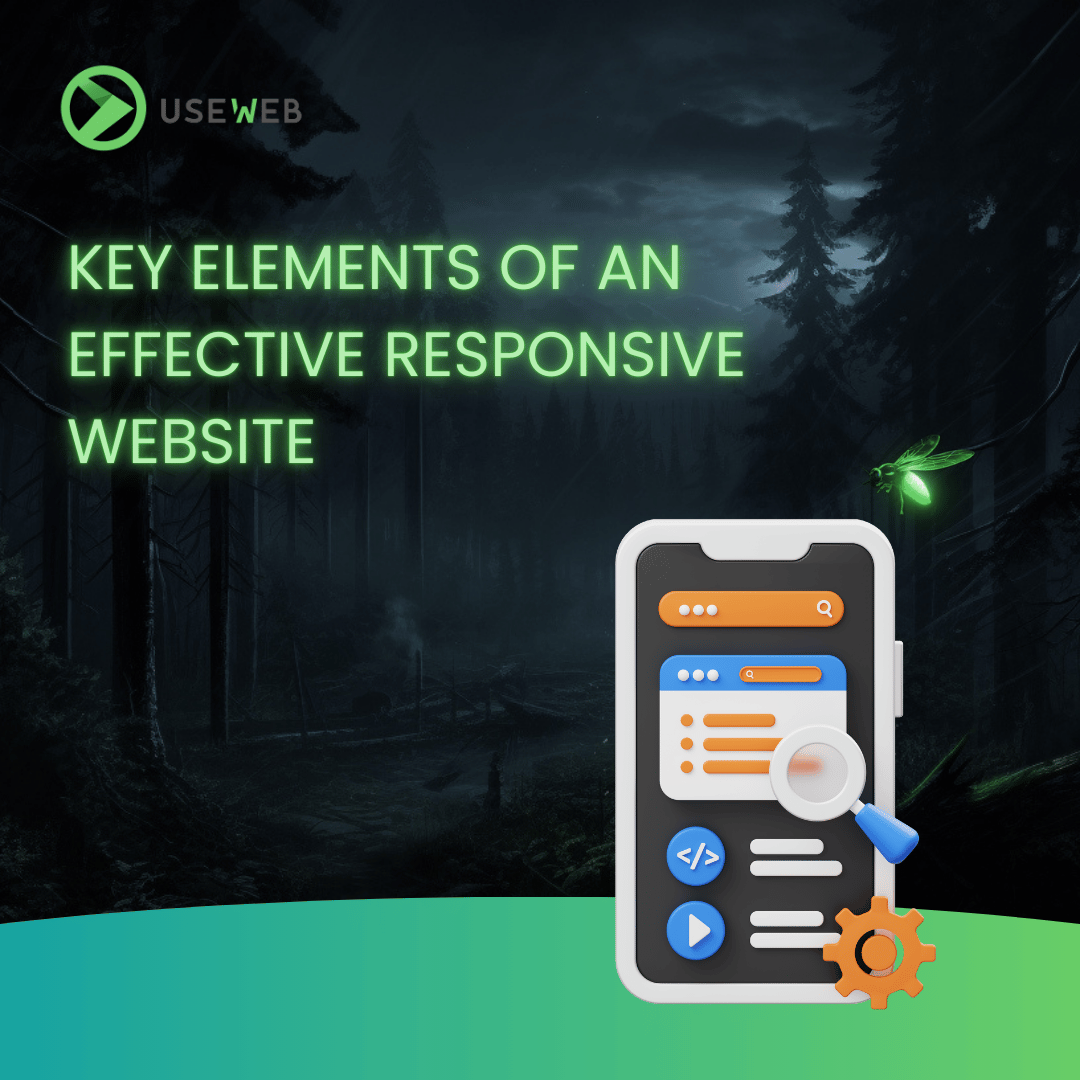Responsive Design: Crafting Websites Perfect for Every Device
Introduction to Responsive Design
Responsive design isn’t just a trend, but a necessity in today’s diversified world of devices. It’s an approach that allows websites to adjust to the screen size of the device they are displayed on. This ensures that users of smartphones, tablets, laptops, or desktop computers experience the consistency and functionality of the website.
Key Elements of Responsive Design
Behind responsive design, there are three main components:
- Flexible grid layouts: The website’s structure adjusts to the screen width.
- Flexible images and media: Graphic content scales in response to changing screen dimensions.
- Media queries: Allows for the application of different styles based on device characteristics, like screen width.
Designing for Various Screen Resolutions
To achieve a genuinely responsive website, it’s vital to incorporate a “mobile-first” strategy. This approach emphasizes designing the website primarily for mobile devices. Breakpoints, or moments when the site’s style changes, are another key to success.
Latest Trends in Website Design
To create a modern, responsive website, it’s crucial to be familiar with the current design trends. Functionality can go hand in hand with aesthetics. The right combination of responsiveness with the latest trends can make your site stand out against the competition.
Tools and Technologies Supporting Responsive Design
There are numerous tools and frameworks facilitating the creation of responsive sites. Libraries such as Bootstrap or Foundation offer ready-to-use components. For WordPress users, the platform combined with the Elementor plugin can significantly simplify the process of crafting responsive pages, providing extensive customization options without the need for coding. Additionally, testing tools like BrowserStack or Google’s Mobile-Friendly Test will ensure your site operates correctly across all devices.
Key to Multi-platform Success: Why is Responsiveness So Important?
Responsiveness isn’t a luxury anymore but a standard. Users expect websites to run smoothly on every device. This leads to higher engagement and better conversion rates.
Why is Loading Speed Crucial in Responsive Design?
Page loading speed directly impacts user experience. In a mobile environment, where the internet connection might be slower, speed optimization is essential. Responsive sites optimized for speed not only deliver better performance but also contribute to improved search result rankings. Tools like Google PageSpeed Insights can help identify areas of improvement.
Conclusion
Responsive design is an investment in your website’s future and your business. It allows reaching a broad audience, regardless of their device preference. With the right approach, your site will be not only aesthetically pleasing but primarily functional.
If you’re looking to strengthen your online presence and require professional support in responsive design, contact us at useWeb. We are experts in this field and want to help your business succeed in the digital world.






